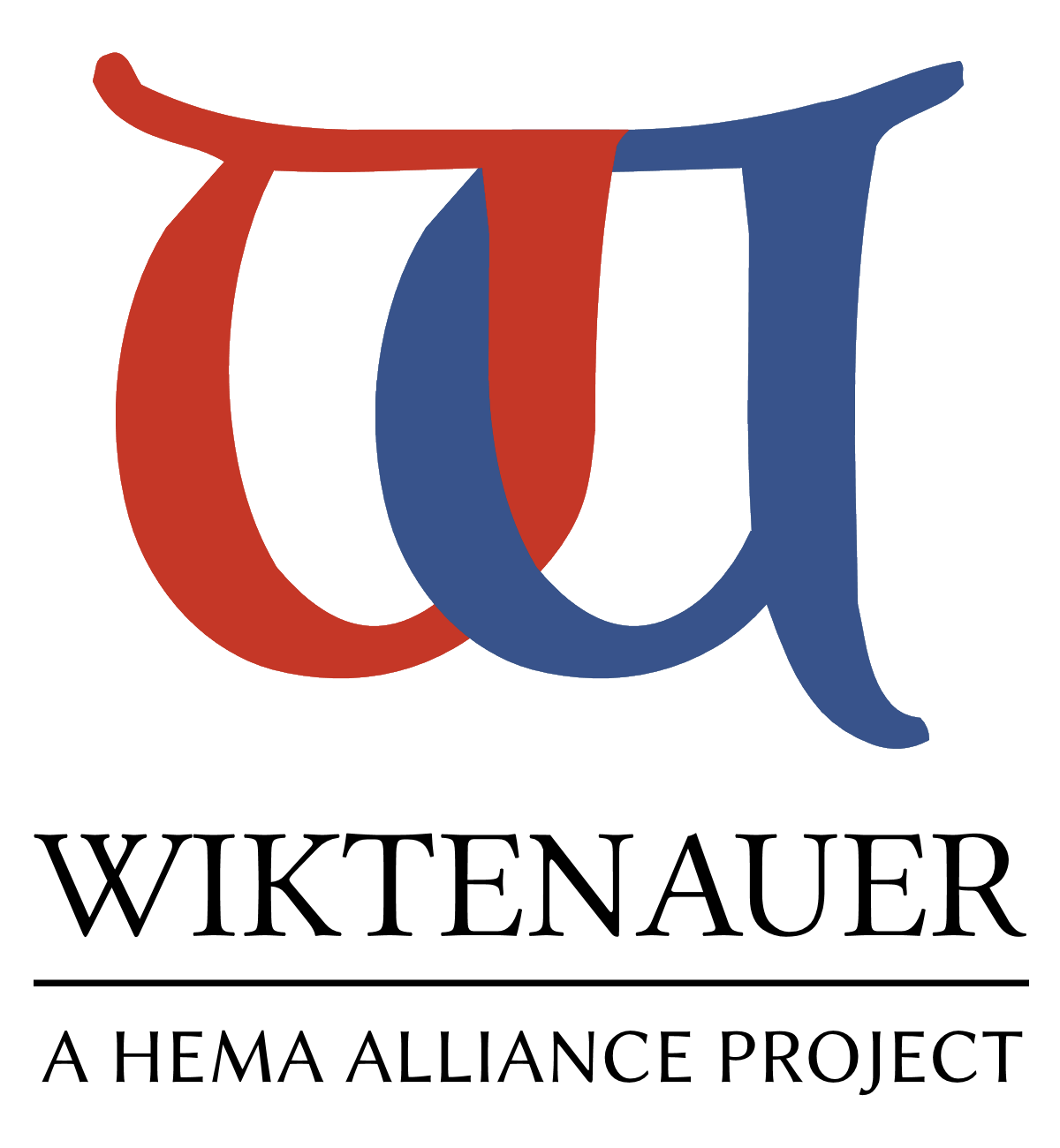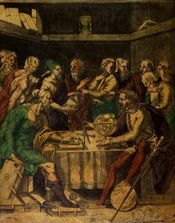|
|
You are not currently logged in. Are you accessing the unsecure (http) portal? Click here to switch to the secure portal. |
Difference between revisions of "Guido Antonio di Luca"
| Line 37: | Line 37: | ||
| relatives = | | relatives = | ||
| influences = | | influences = | ||
| − | | influenced = [[Antonio Manciolino]] | + | | influenced = {{plainlist |
| + | | [[Antonio Manciolino]] | ||
| + | | [[Achille Marozzo]] | ||
| + | }} | ||
| awards = | | awards = | ||
| signature = | | signature = | ||
Latest revision as of 00:53, 7 November 2023
| Guido Antonio di Luca | |
|---|---|
| Born | 15th century |
| Died | 16th century |
| Occupation | Fencing master |
| Nationality | Italian |
| Citizenship | Bologna, Italy |
| Movement | Dardi School |
| Influenced | |
| Notable work(s) | Opera lo Schermo (?) |
| Archetype(s) | MSS Ravenna M-345/M-346 (?) |
Guido Antonio di Luca was a 15th century Italian fencing master. He seems to have lived in the parish of Santa Maria delle Muratelle,[citation needed] and his students included such great Bolognese masters as Antonio Manciolino[citation needed] and Achille Marozzo,[1] as well as such famous warriors as Giovanni dalle Bande Nere (Lodovico de Medici) and the Count Guido Rangoni.[1] Indeed, Marozzo wrote wrote of di Luca that "from his school came more warriors than from the belly of the Trojan Horse."[1] He is known to have written a fencing manual around the turn of the 16th century, which has since been lost. The anonymous Bolognese MSS Ravenna M-345/M-346 have been equated with this lost treatise by Rubboli and Cesari, but the attribution remains unconfirmed.
Additional Resources
The following is a list of publications containing scans, transcriptions, and translations relevant to this article, as well as published peer-reviewed research.
- L'Arte della Spada: Trattato di scherma dell'inizio del XVI secolo (2005). Ed. by Marco Rubboli; Luca Cesari. Rome: Il Cerchio Iniziative Editoriali.
- Runacres, Rob (2022). "The Bolognese Tradition: Ancient Tradition or Modern Myth?." Acta Periodica Duellatorum 10(1): 1-18. doi:10.36950/apd-2022-002.
References

